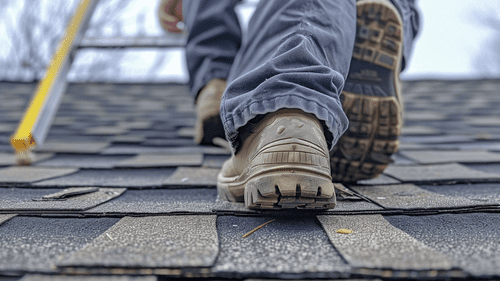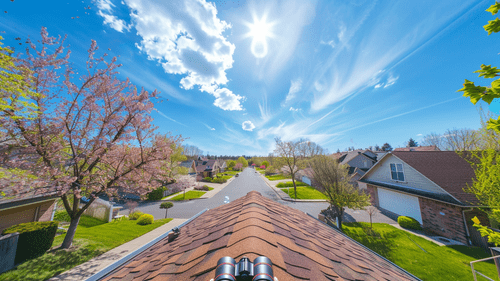In today’s world, with all the discussion about energy production, energy efficiency is a top priority for homeowners. When your home is energy efficient, you get significant cash savings and help the environment too by reducing carbon emissions and conserving natural resources. When it comes to increasing the energy efficiency of your home, your roof plays a crucial role.
What’s called “cool roofing” is a popular choice for homeowners looking to improve energy efficiency. Cool roofs are designed to reflect more sunlight and absorb less heat compared to traditional roofing materials. Typically made of light-colored materials, such as white or light gray, they reflect the sun’s rays and reduce heat transfer to the interior of the home. By keeping the roof surface cooler, cool roofing systems reduce the need for air conditioning and lower energy consumption, as well as saving on your energy bills.
An important component of cool roofing involves effective insulation so as to prevent heat gain in the summer and heat loss in the winter. There are various insulation materials available, including fiberglass, cellulose, and spray foam. Adequate insulation not only improves energy efficiency but also enhances comfort levels by reducing temperature fluctuations.
Cool roofing also calls for good roof ventilation. It’s critical for maintaining an energy-efficient home. Ventilation helps remove excess heat and moisture from the attic, reducing the strain on cooling systems and preventing the formation of mold and mildew. By promoting airflow, roof ventilation helps regulate the temperature of the attic and the entire home. This can lead to reduced energy consumption and improved comfort. There are different types of roof vents available, including ridge vents, soffit vents, and gable vents. Consult with a professional to determine the best ventilation solution for your home.
Choosing the right roofing materials can make a significant difference in energy efficiency. Opt for materials that have high solar reflectance and thermal emittance properties. Metal roofing, for example, is known for its excellent reflectivity and ability to radiate heat, keeping the home cooler in hot climates. Some asphalt shingles also have cool roofing properties, featuring reflective granules that help reduce heat absorption. Investigate the energy efficiency ratings and certifications of different roofing materials before making a decision.
Energy efficiency also includes the installation of solar panels on your roof, an excellent way to harness renewable energy. Solar panels convert sunlight into electricity, providing a clean and sustainable source of power for your home. By generating your own electricity, you can reduce dependency on the grid and potentially even sell excess energy back to the utility company. This not only saves money but also reduces your carbon footprint.
You as a homeowner can contribute to a more sustainable future while enjoying the benefits of increased energy savings and a more comfortable living environment. Eternal Roofing can help you attain these goals. Contact them for an appointment to discuss your needs.







